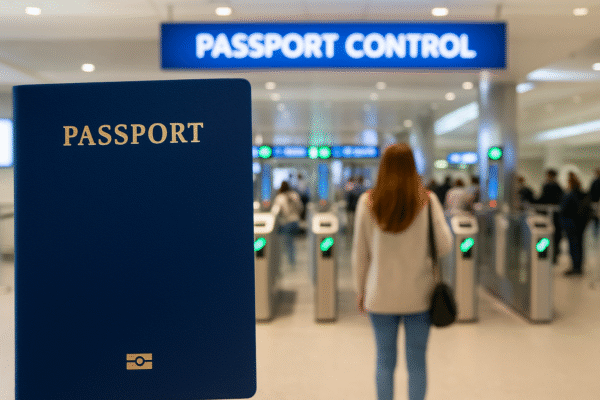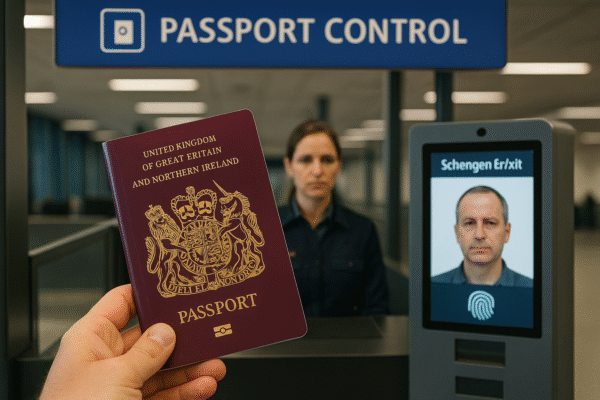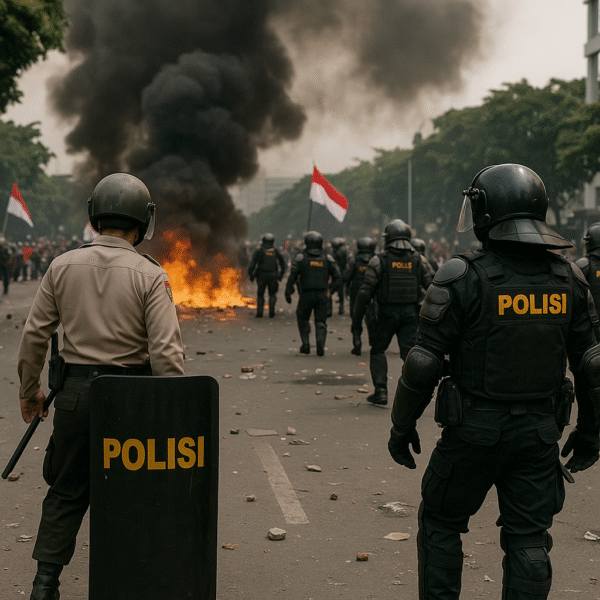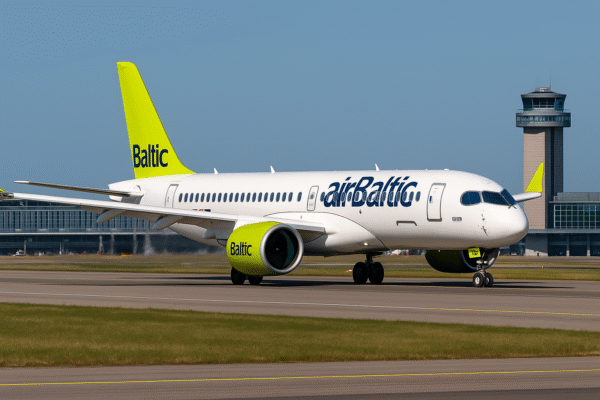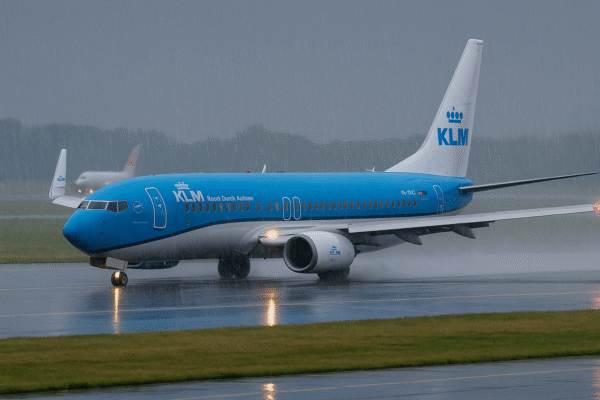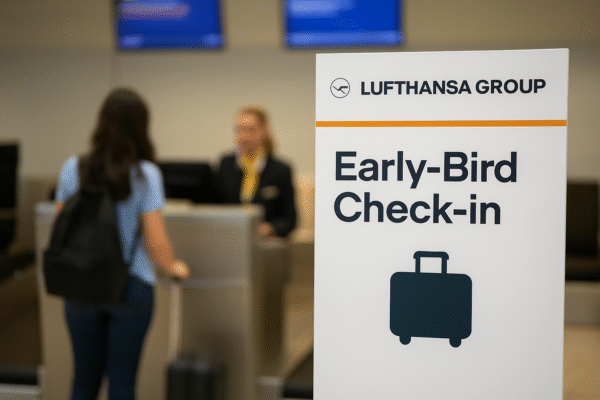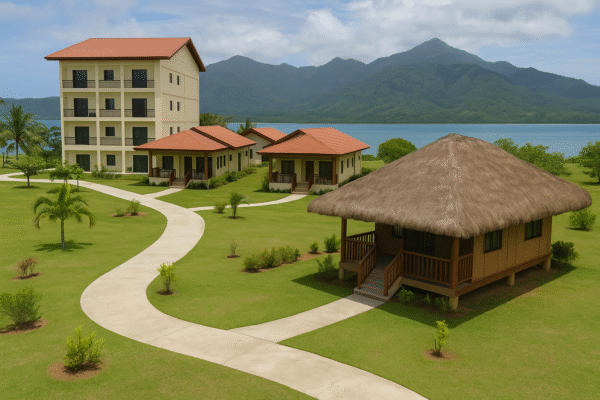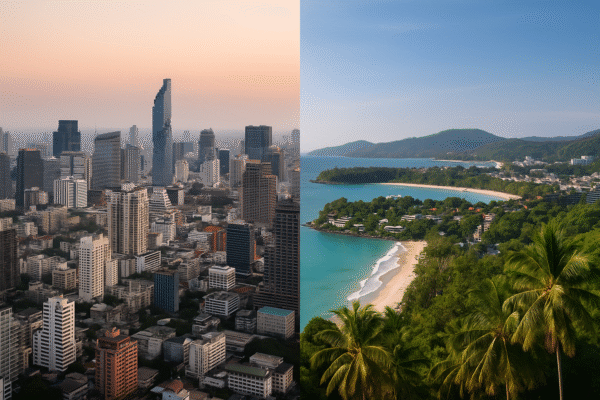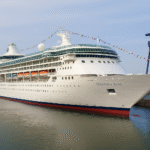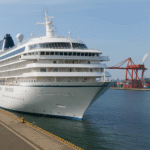Thailand’s Dual Tourism Trajectory: Bangkok’s Caution Meets Phuket’s Momentum
Bangkok’s Hospitality Sector: Supply Outpaces Demand
In the first half of 2025, Bangkok’s hotel occupancy slipped to approximately 75.1%, marking a decline of 3.7 percentage points compared to the prior year. While the Average Daily Rate (ADR) edged up slightly to THB 4,260, this modest growth has not fully compensated for the drop in occupancy, putting downward pressure on revenue per available room (RevPAR).
One of the main drivers of this trend is the rapid increase in new hotel supply. Seven new properties opened early in the year, adding nearly 1,900 rooms, including significant openings such as Grand Centre Point Lumpini with over 500 rooms. The expansion pipeline remains robust, with Bangkok expecting an additional 7,600 rooms to enter the market between 2025 and 2027, primarily in the upscale and luxury segments.
This surge in supply, combined with a sharp decline of nearly 35% in Chinese tourist arrivals, has heavily impacted mid-range hotels that have traditionally relied on Chinese tour groups. Although the city welcomed about 15.5 million international visitors in the first half of 2025—a slight year-on-year increase—the numbers remain over 11% below pre-pandemic levels, signaling a slower recovery pace for the capital.
Phuket Defies the Trend: ADR Soars, Demand Holds Strong
Phuket, on the other hand, is experiencing a period of strong performance. The island’s hotel occupancy averaged 79.5% in the first half of 2025, showing resilience even amid global travel shifts. Demand remains particularly strong in the luxury and upscale segments. Occupancy in these categories climbed to around 84%, while RevPAR grew by 13% to nearly THB 6,000, supported by steady ADR levels around THB 7,100.
Phuket’s expansion story continues, with nearly 1,000 new rooms added during the first six months of the year and more than 2,300 rooms expected to be introduced by 2028. Despite the influx of supply, strong demand for leisure travel and the island’s reputation as a high-end destination have supported rate stability and occupancy growth.
Airport passenger arrivals to Phuket rose by more than 5% year-on-year, reinforcing the island’s position as Thailand’s premium resort hub. With sustained demand and high-value travelers seeking luxury experiences, Phuket has successfully positioned itself as a key driver of Thailand’s tourism rebound.
Shifts in Tourist Demographics
The decline in Chinese travelers has reshaped the tourism landscape in both Bangkok and Phuket. However, other markets are stepping up to fill the gap. Visitors from India have surged by nearly 15%, while Russian arrivals grew by over 11%. These emerging markets are helping to offset some of the declines from China, bringing in travelers with different preferences and spending patterns.
To adapt to these demographic shifts, the Thai government has introduced several initiatives aimed at diversifying source markets. Visa-free entry now applies to 93 nationalities, with extended stays of up to 90 days for select countries, making it easier for international visitors to explore Thailand. Enhanced regional connectivity, with more flights from ASEAN neighbors, is also driving growth from nearby markets.
Government Support and Sustainability Efforts
Thailand’s tourism authorities have intensified promotional campaigns under the “Amazing Thailand Grand Tourism & Sports Year 2025” initiative. This program focuses on positioning Thailand as a global destination for cultural, sports, and eco-tourism. Investments in sustainable practices and eco-friendly tourism experiences are gaining momentum, reinforcing Thailand’s image as a responsible and attractive destination for international travelers.
Looking Ahead: Opportunities and Challenges
As Thailand heads into the second half of 2025, the outlook for the hospitality sector remains a mix of opportunities and challenges. In Bangkok, the key to recovery will be strategic segmentation and effective brand positioning. Mid-range hotels, in particular, need to innovate with digital strategies and unique experiences to stand out in an increasingly competitive market.
Phuket, meanwhile, is well-positioned for continued growth. The island’s appeal among high-spending tourists, coupled with its strong reputation as a luxury and leisure destination, suggests that demand will remain steady. However, operators must be cautious of pricing pressures as new supply comes online.
Policy Changes and Market Dynamics
The introduction of the Thailand Digital Arrival Card (TDAC) in May 2025 streamlined immigration procedures, reducing wait times and enhancing the visitor experience. However, other policy adjustments, such as potential changes to visa-free stay durations later in the year, may impact long-stay travelers.
The regional aviation landscape also experienced shifts in June 2025, with the closure of Jetstar Asia. The airline’s exit from the market reduced direct flight options to Thailand, particularly affecting budget-conscious travelers, and may influence demand patterns in the short term.
Economic and Operational Pressures
Bangkok’s hotel sector has also been affected by external pressures, including a significant earthquake earlier in 2025 that temporarily disrupted operations for some properties. The incident prompted a review of safety standards across the industry. Additionally, Thailand’s broader economic slowdown, which led to over 6,000 business closures in the first half of the year, has added another layer of complexity to the hospitality sector’s recovery.
Conclusion
Thailand’s hotel industry in 2025 reflects a tale of two cities. Bangkok is navigating a challenging environment, marked by increased competition, shifts in traveler behavior, and declining arrivals from key markets like China. Conversely, Phuket continues to thrive, supported by strong demand for premium leisure experiences and resilient occupancy rates.
As the year progresses, success will hinge on adaptability. For Bangkok, strategic pricing, targeted marketing, and a focus on value-added services will be crucial. Phuket, on the other hand, must balance its rapid growth with maintaining quality and sustainability to ensure long-term success.
For more travel news like this, keep reading Global Travel Wire


